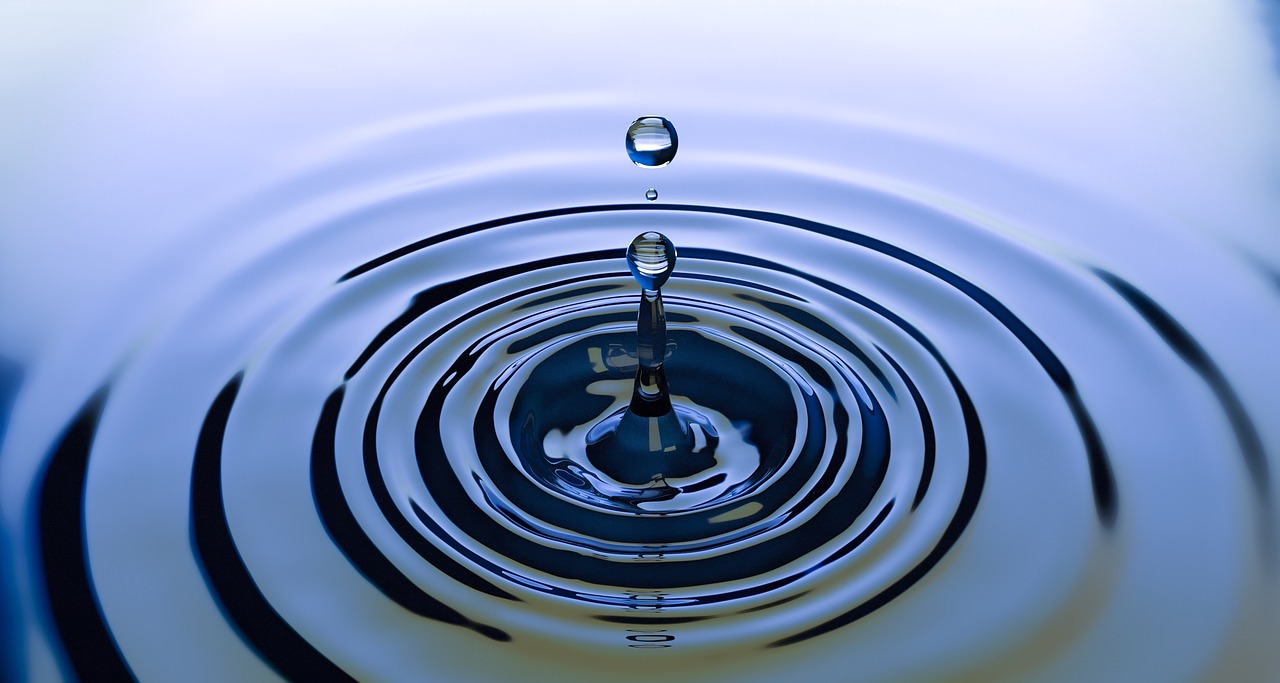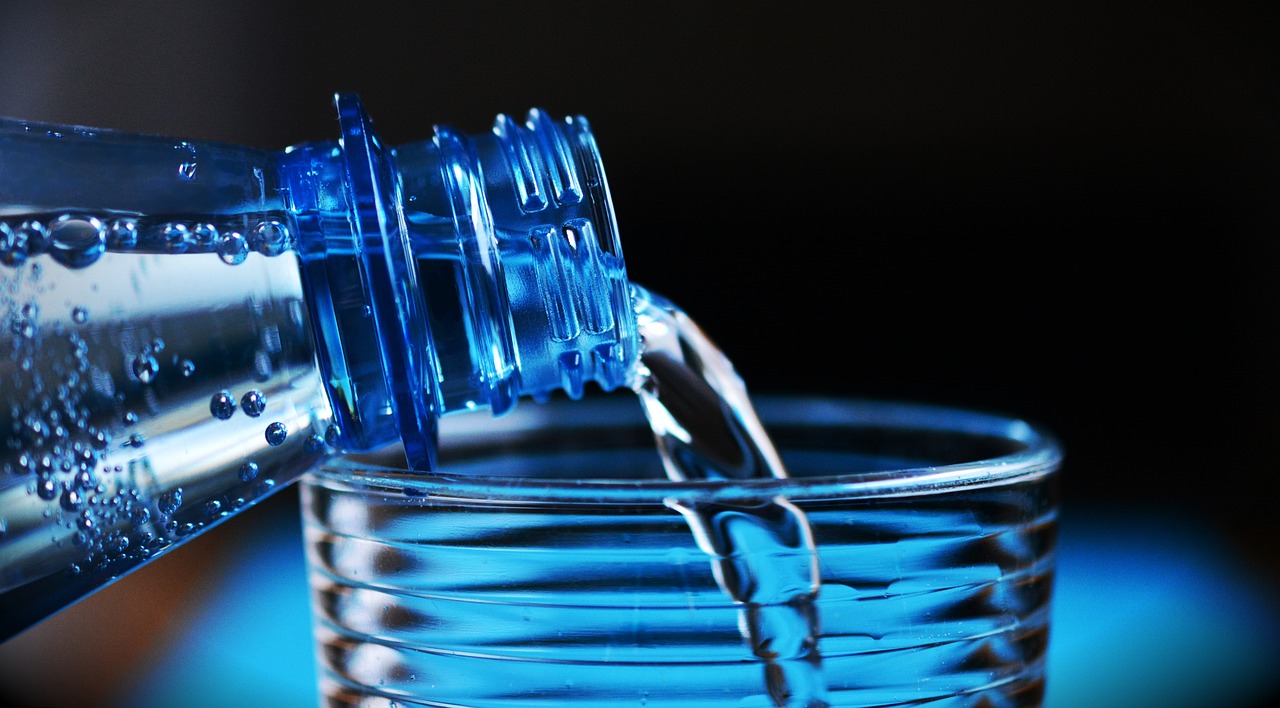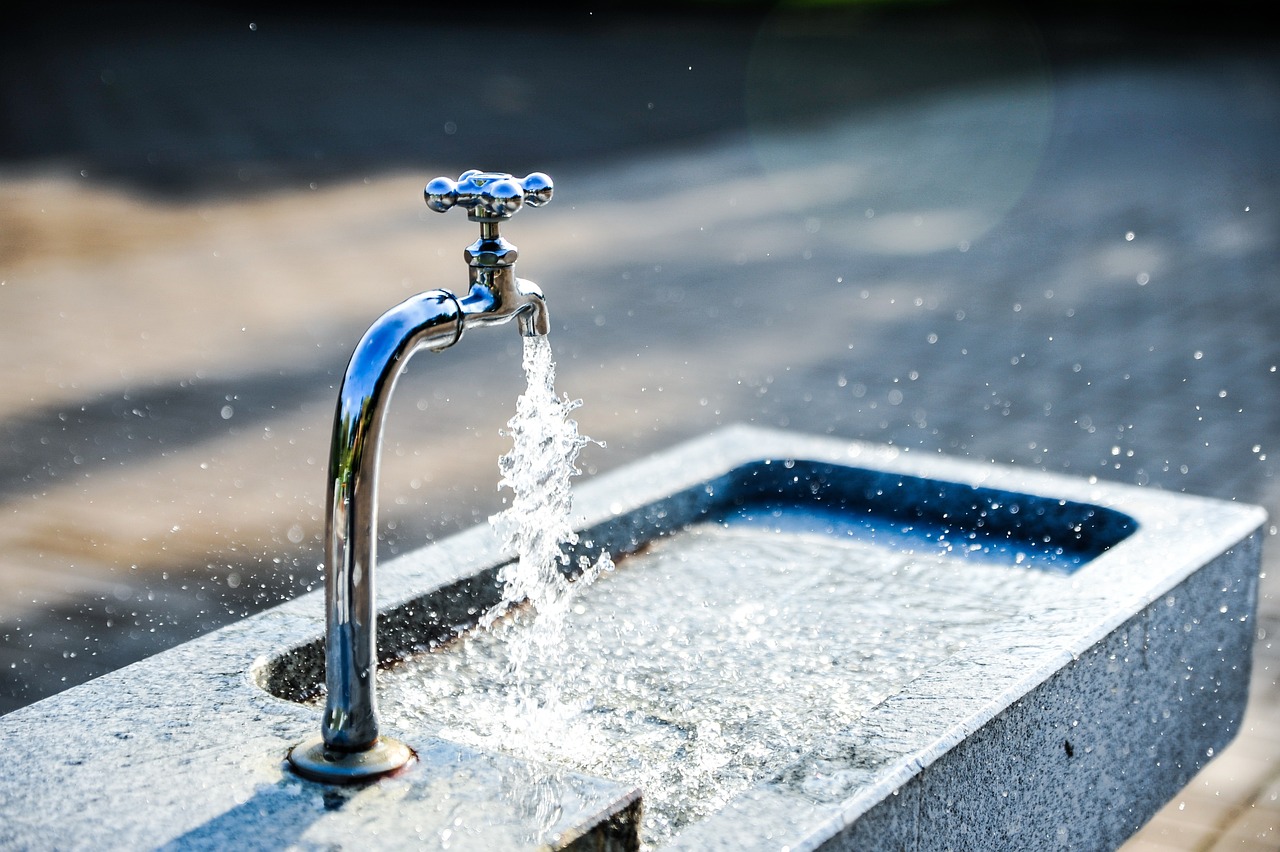In this article, you will learn about the importance of safe water storage and how it plays a vital role in keeping your water clean and drinkable. Discover the simple yet effective practices that can ensure the quality of the water you consume while also protecting your health. From proper containers to regular maintenance, these tips will help you maintain the purity of your stored water, ensuring a safe and refreshing drinking experience for you and your loved ones.
Importance of Safe Water Storage
Preventing waterborne diseases
Safe water storage is crucial for preventing waterborne diseases. Contaminated water can harbor various pathogens, such as bacteria, viruses, and parasites, that can cause illnesses like diarrhea, cholera, and typhoid fever. By storing water properly, you can reduce the risk of these diseases and ensure the health and well-being of yourself and your family.
Maintaining water quality
Proper water storage also helps maintain the quality of water. Water can easily get contaminated during storage if it is not stored correctly. This can lead to the growth of bacteria and algae, as well as the accumulation of dirt and debris. By implementing appropriate storage methods, you can ensure that your water remains clean, clear, and free from any impurities.
Ensuring access to safe drinking water
Having access to safe drinking water is essential for life. By storing water safely, you can ensure that you always have a reliable supply of clean drinking water available, especially during emergencies or times of water scarcity. Proper storage methods help preserve the quality of water and make it readily accessible for drinking, cooking, and personal hygiene purposes.
Types of Water Storage Containers
Plastic containers
Plastic containers are one of the most commonly used types of water storage containers. They are lightweight, cost-effective, and easy to handle. Plastic containers are available in various sizes and shapes, making them suitable for both home use and outdoor activities. However, it is important to choose food-grade containers made of high-quality plastic to prevent chemicals from leaching into the water.
Stainless steel tanks
Stainless steel tanks are durable and resistant to corrosion, making them a reliable option for water storage. They are commonly used in larger-scale water storage systems, such as those found in commercial buildings, hospitals, and industries. Stainless steel tanks are known for their longevity and ability to maintain water quality over an extended period. However, they can be expensive and require regular maintenance.
Glass bottles
Glass bottles are a safe and environmentally friendly option for storing smaller quantities of water. They do not leach any harmful substances into the water and are easy to clean. Glass bottles also provide insulation, maintaining the temperature of the water. However, they are fragile and may not be suitable for long-term storage or outdoor activities.
Ceramic vessels
Ceramic vessels have been used for centuries to store and cool water. They are porous and allow water to evaporate through the walls, creating a cooling effect. Ceramic vessels are aesthetically pleasing and can enhance the overall look of your kitchen or dining area. However, they require regular cleaning to prevent the growth of bacteria and algae in the porous surface.

Preparing Water Storage Containers
Cleaning and sterilizing containers
Before using any water storage container, it is essential to clean and sterilize it properly. Start by washing the container with mild soap and warm water, ensuring that all surfaces are thoroughly scrubbed. Rinse the container several times to remove any soap residue. To sterilize the container, you can use a diluted bleach solution or a specialized sterilizing agent. Follow the instructions provided by the manufacturer for the appropriate concentration and contact time.
Rinsing containers
After cleaning and sterilizing, it is crucial to rinse the containers to remove any remaining cleaning solutions. Rinse the containers with clean, running water until there is no trace of bleach or sterilizing agent. This step is vital to ensure that the water stored in the containers is free from any chemicals or residues that could impact taste or safety.
Drying containers
Properly drying the containers after cleaning and rinsing is essential to prevent the growth of bacteria or mold. Allow the containers to air dry completely before storing them. Ensure that there is no moisture remaining, as it can promote the growth of microorganisms. Additionally, make sure the containers are stored in a clean and dry location to maintain their cleanliness.
Storing Water Safely
Choosing a suitable location
Selecting a suitable location for water storage is crucial for maintaining water quality. Avoid storing water containers in areas that are exposed to direct sunlight, as this can promote the growth of bacteria and algae. Instead, choose a cool, dark place away from any chemical or hazardous materials. Basements, closets, or utility rooms are often good choices for water storage areas.
Protecting containers from sunlight
Exposure to sunlight can degrade the quality of stored water. Ultraviolet (UV) rays can break down chlorine, a common disinfectant used in water treatment. To protect your water containers from sunlight, consider storing them in opaque or dark-colored containers. Alternatively, you can cover the containers with a dark cloth or keep them in a storage cabinet to minimize sun exposure.
Avoiding contamination
Preventing contamination is essential for ensuring the safety of stored water. Take precautions to avoid any direct contact between the water containers and potentially harmful substances. Keep the containers elevated off the ground to avoid contact with dirt or pests. Additionally, ensure that the container lids are tightly closed to prevent any entry of insects, debris, or other contaminants.

Using Proper Water Treatment Methods
Boiling water
Boiling water is one of the simplest and most effective methods for treating water and killing harmful pathogens. Bring the water to a rolling boil for at least one minute (three minutes at higher altitudes) to ensure that all potential pathogens are eliminated. Boiling is particularly important for untreated water from natural sources, such as rivers or lakes, as it may contain various contaminants.
Using water filters
Water filters are an excellent option for removing impurities and improving the taste of water. There are various types of water filters available, including activated carbon filters and ceramic filters. These filters can remove contaminants such as bacteria, chlorine, sediment, and unpleasant odors, providing you with cleaner and better-tasting water. However, filters need to be regularly maintained and replaced according to the manufacturer’s instructions.
Adding water disinfectants
Adding water disinfectants is another effective method for treating stored water. Chlorine-based disinfectants, such as bleach, can effectively kill bacteria and viruses within the water. Follow the instructions provided by the manufacturer for the appropriate dosage of the disinfectant. Allow the water to stand for at least 30 minutes after adding the disinfectant before consuming it.
Regularly Monitoring and Maintaining Water Storage
Inspecting containers for damage
Regularly inspecting water storage containers is essential to ensure their integrity and prevent leaks or damage. Check for any cracks, dents, or signs of wear that could compromise the containers’ ability to hold water. Replace any damaged containers immediately to maintain the safety and quality of stored water.
Checking water quality
Monitoring the quality of stored water is crucial to ensure its safety for consumption. Use water testing kits or send samples to a laboratory for analysis periodically. Testing can help identify any contaminants, such as bacteria, viruses, or heavy metals, that may be present in the water. If any issues are detected, take appropriate actions to rectify the situation, such as additional treatment or replacing the water.
Cleaning and replacing storage containers
Regularly cleaning and replacing water storage containers is essential to maintain water quality. Clean the containers thoroughly at least once every six months or as recommended by the manufacturer. Replace containers that have become worn out, damaged, or are no longer suitable for storing water. Proper maintenance of containers ensures the longevity of the storage system and provides safe water for consumption.

Alternative Methods for Safe Water Storage
Rainwater harvesting
Rainwater harvesting is the process of collecting and storing rainwater from rooftops or other surfaces. This method allows you to utilize natural water sources and reduces the strain on municipal water supplies. However, it is important to follow proper filtration and treatment methods to ensure the rainwater is safe for drinking and other purposes.
Water purification systems
Water purification systems, such as reverse osmosis or ultraviolet (UV) disinfection systems, can provide a comprehensive approach to safe water storage. These systems remove a wide range of contaminants and ensure the water is safe and clean for consumption. However, they can be expensive to install and maintain, making them more suitable for larger-scale applications.
Solar disinfection
Solar disinfection, also known as SODIS, is a simple and cost-effective method for treating water using sunlight. Fill clear plastic or glass bottles with water and place them in direct sunlight for at least six hours (or two days if the weather is cloudy). The UV radiation from the sun kills the harmful microorganisms present in the water, making it safe to drink. Solar disinfection is particularly useful in areas with limited access to clean water and electricity.
Community-Based Water Storage Solutions
Water storage at schools
Implementing water storage systems in schools is vital to ensure access to clean and safe drinking water for students and staff. Adequate water storage tanks can help mitigate water shortages and provide a backup water supply during emergencies. It is essential to educate students and teachers about the importance of safe water storage and proper hygiene practices.
Establishing community water tanks
Community water tanks can serve as a centralized water storage solution for residential areas or small communities. These tanks can be filled with treated water from reliable sources and distributed to households or individuals as needed. Community involvement and cooperation are crucial to ensure the proper maintenance and cleanliness of these communal water storage systems.
Emergency water supply management
Proper management of emergency water supplies is essential during times of crisis or natural disasters. Establishing emergency water storage facilities, such as water distribution centers or mobile water tanks, can help provide immediate access to safe drinking water to affected individuals. Regular monitoring, maintenance, and restocking of these emergency supplies are necessary to ensure their effectiveness.

Safety Precautions for Water Storage
Storing water away from chemicals
When storing water, it is important to keep it away from any chemicals or hazardous substances. Direct contact between water and chemicals can lead to contamination and pose health risks. Ensure that the water storage area is free from any potential sources of contamination, such as cleaning agents, pesticides, or fuel.
Avoiding cross-contamination
To prevent cross-contamination, always use dedicated containers for storing water. Do not use containers that have previously held chemicals, food, or other substances. Label the water containers clearly to avoid any confusion and accidental mixing of different liquids. This practice helps maintain the integrity and safety of stored water.
Labeling and dating containers
Labeling and dating water storage containers can help track the age of stored water and ensure its freshness. Use waterproof labels or markers to indicate the date of storage and the recommended shelf life of the water. By regularly rotating the water supply and consuming the oldest stored water first, you can ensure that the water remains fresh and safe for consumption.
Emergency Water Storage
Creating an emergency water supply
Having an emergency water supply is crucial in situations where water access is limited or compromised. It is recommended to store at least three days’ worth of water for each person in your household. This ensures that you have an adequate supply of safe drinking water in case of emergencies, such as natural disasters or disruptions in the water infrastructure.
Rotating water storage
To maintain the freshness and quality of emergency water storage, it is important to rotate the water supply regularly. Use and replace stored water every six months to ensure freshness. By adopting a first-in, first-out approach, you can always have access to fresh and safe drinking water during emergencies.
Using emergency water treatment methods
In situations where the stored water supply may have been compromised or exhausted, it is crucial to be familiar with emergency water treatment methods. Boiling water, using water purification tablets, or employing portable water filters can help ensure the safety of water from alternative sources, such as rivers, lakes, or rainwater. These methods provide a temporary solution until a reliable source of clean water is available.
In conclusion, safe water storage plays a vital role in maintaining access to clean and drinkable water. By understanding the importance of preventing waterborne diseases, maintaining water quality, and implementing proper storage and treatment methods, you can ensure that your water supply remains safe and healthy. Whether through utilizing different types of containers, following cleaning and sterilization procedures, or exploring alternative water storage options, prioritizing safe water storage is essential for the well-being of you, your family, and your community.






